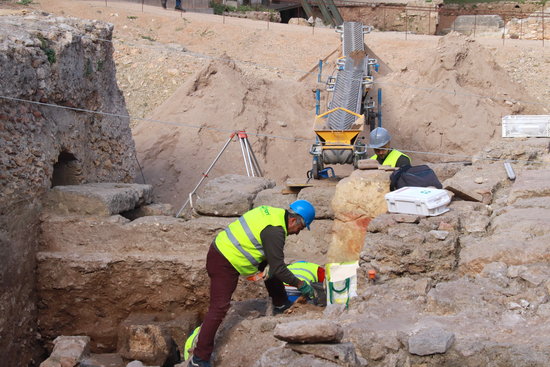Ruins of ancient port warehouse discovered during excavations of Tarragona’s Roman theatre
City known as Tarraco in ancient times saw port move site to make space for theatre

Archaeological excavations in the scaena of the Roman theater in Tarragona have led to a finding that allows researchers to continue tracing out the evolution of the settlement known as Tarraco in Roman times.
Working in the part of the theater behind the stage area, archaeologists have discovered part of what would have been a considerable port warehouse. Believed to date from the first century BC, it was demolished in order to build the theater.
This would have been "the largest urban intervention in the history of Tarragona," and involved moving port infrastructure to the Francolí river, and redefining the layout of the old city.
Researchers say that the warehouse probably stored products that arrived from the Italian peninsula by sea, such as olive oil, wine or ceramics. They estimate it was in operation for a century at most.
When the Roman Emperor Augustus traveled to Tarraco between 26 and 26 BC, it is this port infrastructure, rather than the later theatre, that he would have seen.
The Catalan government is working to ensure that by the end of the year the space is open to the public.
The discovery comes just days after building work in the southern Catalan town of Tortosa uncovered Roman tombs containing the remains of three bodies.